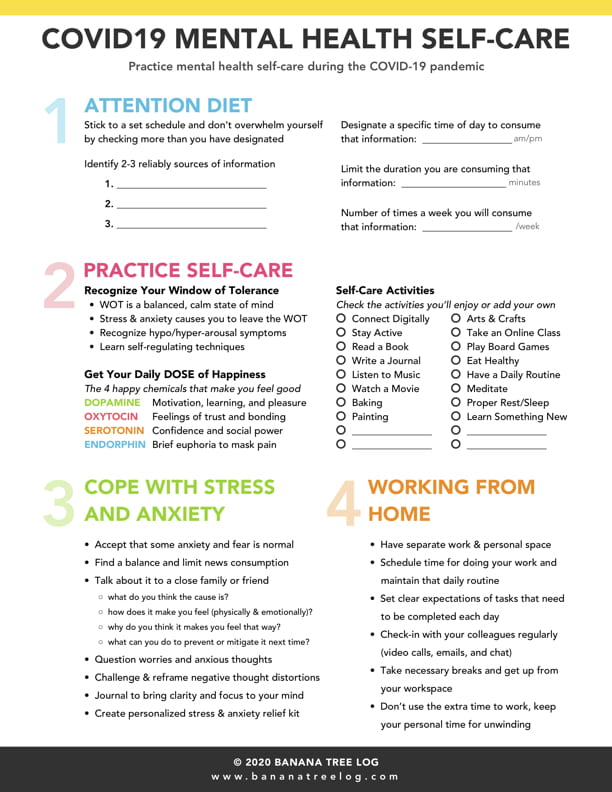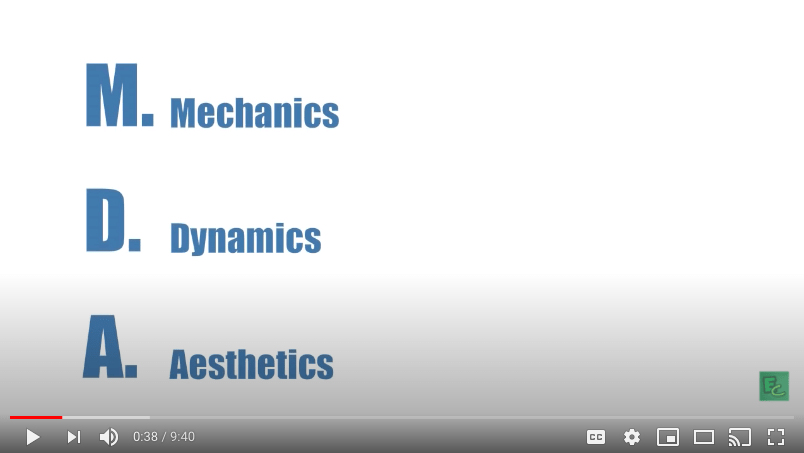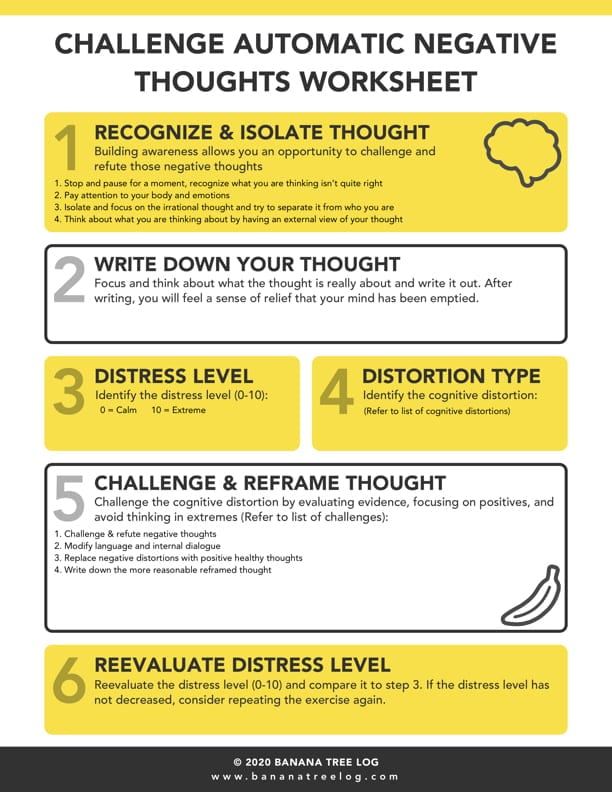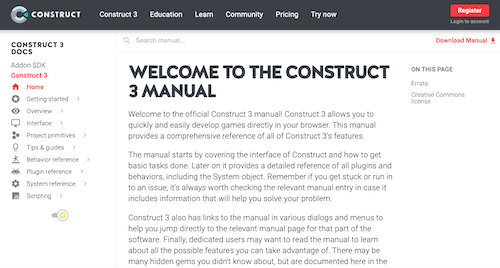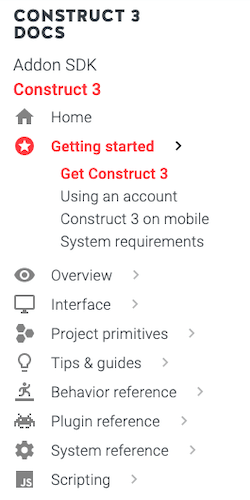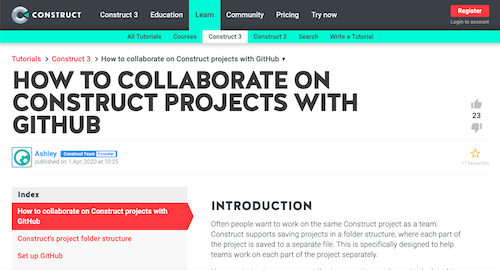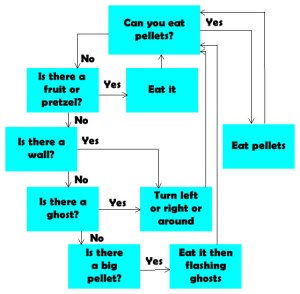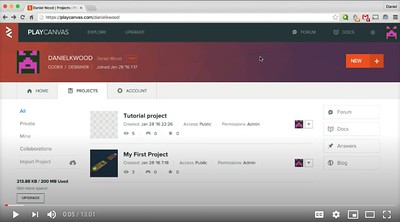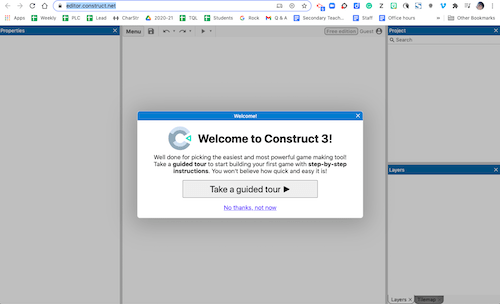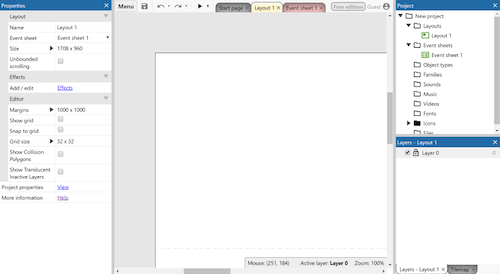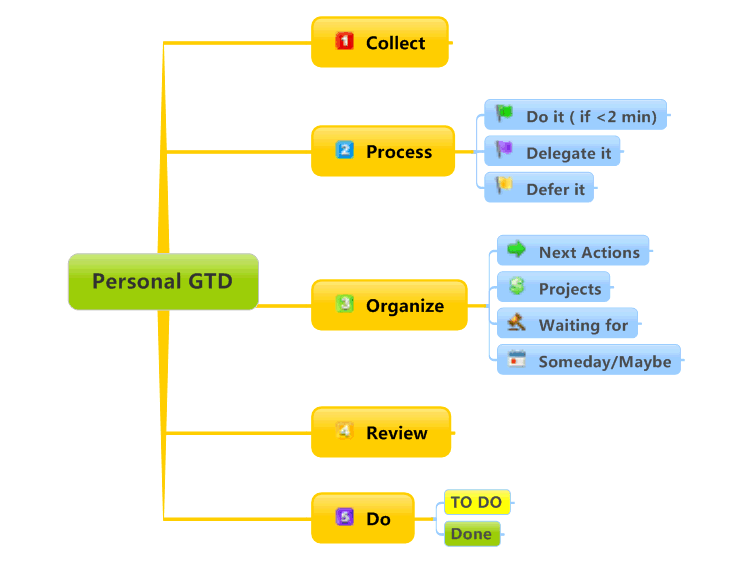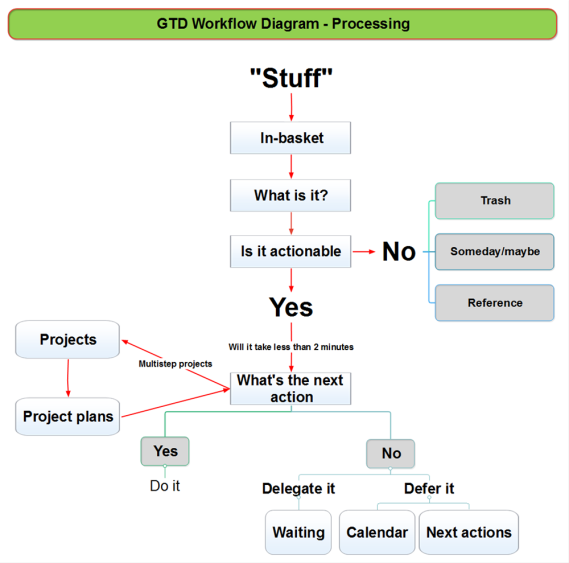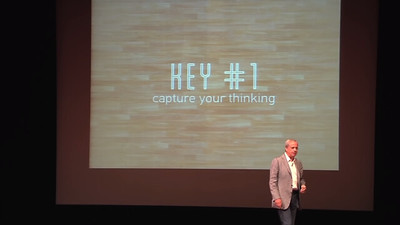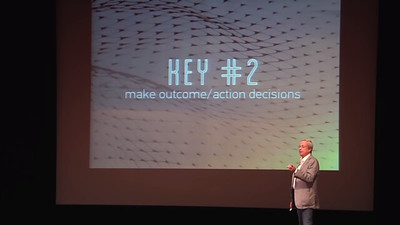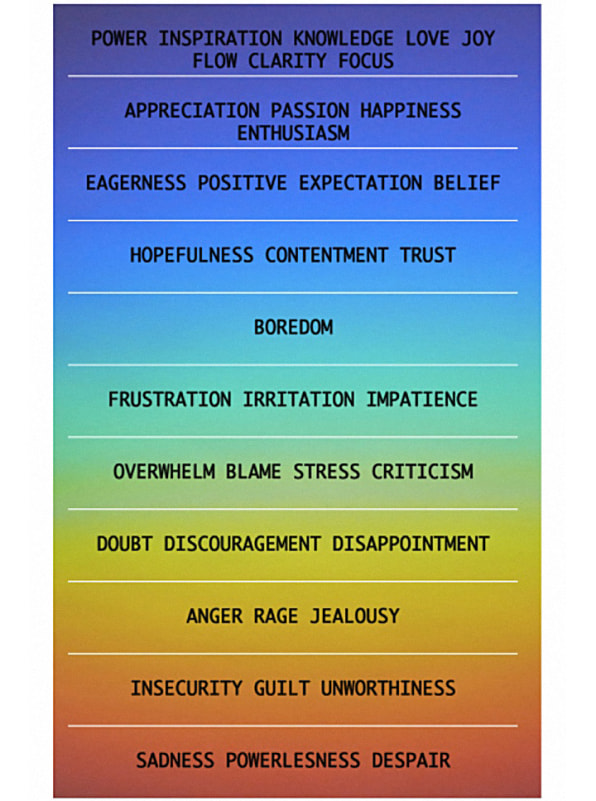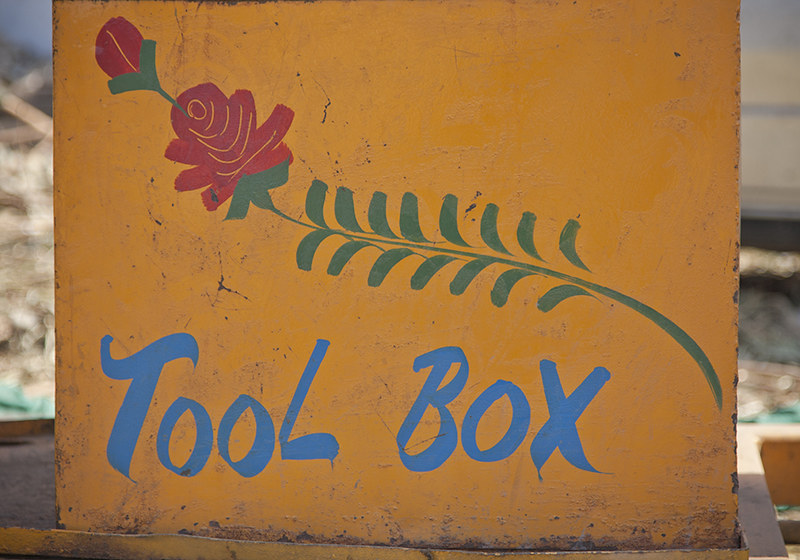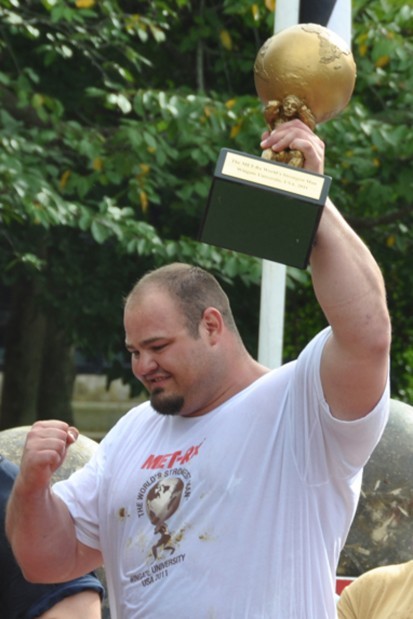| Formal Elements | |
| The Basics | |
| Name of the game | Nioh 2 |
| The platform | PS4,PS5,Xbox,PC |
| Time played (should be at least 30 minutes) | 5 Hours |
| If you could work on this game (change it), what would you change and why? | I would add more visual appearances for the characters and make it more diverse then it already is because this would draw more people to play the game and doing this would make the game fun |
| Players | Note |
| How many players are supported? | 1-3 Online/ 1 offline |
| Does it need to be an exact number? | No you can have friends help you beat the game or you can beat it by your self and you can also have random people help you beat the game |
| How does this affect play? | It makes the game a lot more fun because you know that their are probably people out their who can help you beat the mission and you can also have your friends help you and you can play together as well |
Some types of player frameworks:
Single Player – like Solitaire.
Head-to-head – 1 vs. 1, Chess.
PvE – Player vs. Environment, or multiple players vs. the game. Common in MMOs like World of Warcraft.
One against Many – Single-player vs. multiple (obvy).
Free-for-all – Every man for himself (1 vs. 1 vs. 1 vs. 1..). Most common for multiplayer games, from Monopoly to Modern Warfare.
Individuals Against the System – Like Blackjack, where the Dealer is playing against multiple players, but those players have no effect on each other.
Team Competition – Multiple vs. multiple, i.e. sports.
Predator-prey – Players form a circle and everyone’s goal is to attack the player on their left and defend themselves from the player on their right.
Five-pointed Star – Eliminate both players who are not on either side of you. | This game is a PvE but at the same time you can also PvP |
| Objectives/Goals | Note |
| What are the players trying to do? | beat all of the missions and get the strongest build for your character and find armors pieces and level your character and then go onto new game+ and try the harder version till you get to where you want to be and threw out the missions theirs loot you can collect to help you on your journey |
Some common objectives include:
Capture/Destroy – Eliminate all your opponents pieces (Chess).
Territorial Acquisition – Control as much territory as you can, not necessarily harming other players (RISK).
Collection – Collect a certain number of objects throughout the game (Pokemon).
Solve – Solve a puzzle or crime (Clue).
Chase/race/escape – Anything where you are running towards or away from something (playground game Tag).
Spatial Alignment – Anything involving the positioning of elements (Tetris or Tic-Tac-Toe or that game at Cracker Barrel).
Build – Advance your characters or build your resources to a certain point (The Sims).
Negation of another goal – The game ends if you perform an act that is forbidden by the rules (Jenga or Twister). | |
| Rules/Mechanics | |
| There are three categories of (what the book Rules of Play calls) operational rules:Setup – the things you do at the beginning of a game.Progression of Play – what happens during the game.Resolution – How an outcome is determined based on the game state. | |
| Controls | NOTES |
| What controls are used? | Buttons, analog sticks and triggers |
| Was there a clear introductory tutorial? | If the person desired they give you the option to learn how to use all of the things in the game and before unlocking an ability they show you and tell you what it does to try and give you visual representation |
| Were they easy to understand or did you find yourself spamming the controller? | they were easy to control and the game make you finish the move your doing before another button can be used so spamming doesn’t help too much |
| Resources & Resource Management | NOTES |
| What kinds of resources do players control? | Amarita is the currency |
| How are they maintained during play? | you get money but it increases as you go to new game+ |
| What is their role? | as you level up it becomes more expensive and higher level gear becomes more expensive which makes it so you have to grind to level up |
| A resource is everything under the control of a single player. Could be the money in Monopoly or health in WoW. Other examples are:Territory in RISK The number of questions remaining in 20 Questions Objects picked up during videogames (guns, health packs, etc.)Time (game time, real-time, or both)Known information (like suspects in Clue) | |
| Game State | NOTES |
| How much information in the game state is visible to the player? | you have your quick items health Ki(Stamina) The weapons you have on and the money you have and also a little mini map and something called you r spirit beast |
| A snapshot of the game at a single point is the game state. The resources you have, the un-owned properties in Monopoly, your opponent’s Archery skill all count towards the game state. Some example information structures are:Total Information – Nothing is hidden, like Chess.Info per player – Your hand of cards is only visible to you.One player has privileged info – Like a Dungeon Master.The game hides info from all players – Like Clue, where no one knows the victory condition.Fog of War – In video games, where certain sections of the map are concealed if you do not have a unit in sight range of that area. You also cannot see other players’ screens, so each player is unaware of the other’s information. | |
| Sequencing | NOTES |
| In what order do players take their actions? | the play takes actions first and the game adapts but once its set in motion the game keeps going till you reset or beat everyone in your area |
| How does play flow from one action to another? | if you it someone or walk into view they will start to attack you |
| Some structures include:Turn-based – Standard board game technique.Turn-based with simultaneous play – where everyone takes their turn at the same time (like writing something down or putting a card down in War).Real-time – Actions happen as fast as players can make them. Action-based video games.Turn-based and time limits – You have this long to take your turn. | |
| Player Interaction | |
| Some examples:Direct Conflict – I attack you.Negotiation – If you support me here, I’ll help you there.Trading – I’ll give you this for that.Information Sharing – If you go there, I’m warning you, a trap will go off. | |
| Theme & Narrative | NOTES |
| Does it have an actual story structure? | yes the character goes on missions but their are also side quest but as you play threw the story you unlock more missions and new side quest |
| Is it based on a historical event (or similar)? | the first game was based on around a true story and the second is made up but still has some true stuff |
| Does the theme or narrative help you know how to play? | no they just tell you to beat the mission and don’t give you any help |
| Does it have emotional impacts? | for some people it might if they get attached to the characters or if you are emotional you might feel bad for some of the spirits |
| Also, look for an media res (does it start in the middle of the game)? | No it starts you in the beginning and shows you why you are in a different place then were your from. |
| The Elements in Motion | NOTES |
| How do the different elements interact? | they go together to make a game that really focuses on pushing the player to the best of their ability to focus and also to the pay attention to the things in their surroundings |
| What is the gameplay like? | you have different types of weapons that you uses to slay the enemies and you get better weapons as you go on threw the game and gear and this makes it so the game stays at a steady hard |
| Is it effective? | yes this makes the game one of the hardest games to beat and was one of the few games to get the game of the year 2017 |
| Are there any points where the design choices break down? | the game is very high in timing and the gaming systems are a little harder for the systems to run them which messes up your timing |
| Design Critique | NOTES |
| Why did the designer make these particular choices? | they made the game with a set difficulty so that the game would be hard and the person has to earthier fight and win against the boss or repeat the missions till you get high enough level to make the mission easier |
| Why this set of resources? | they did this to make the game hard on anyone who try’s to play the game |
| What if they made different decisions? | if they would have made the difficulty changeable the game in my opinion wouldn’t feel as fun because then it wouldn’t be a challenge or feel like you achieved anything. |
| Does the design break down at any point? | some times the enemies can kill you in one hit but this is do to the character being to low level |
| Graphics & Sound | NOTES |
| Does the game art pair well with the mechanics? | yes because in some places it make the terrain really hard to move which adds that extra difficulty and it pairs with the Japaneses style architecture |
| Did you find any bugs or glitches? | some times the enemies can hit you threw really thin wall but rarely happens |
| What about sound? | they make the sounds pair with everything that you do like the clashing of metal between the swords or perfect Ki pulses |
| Can you spot any technical shortcuts? | From what I have seen personally no |
| Various Stages of the Game | NOTES |
| To wrap up, some things to keep in mind (as if there aren’t enough already) as you play: | Make sure to use all of things that the game offers you and do all of the side quest to make sure you are ready for the boss if you don’t want a fight that will require perfect doges the whole time. |
| What challenges do you face, and how do you overcome them? | the difference in level was to great for me to fight the boss and to over come them i had to do the side quest or summon some one |
| Is the game fair? | yes and no for the main story its fair but for some of the DLC’s they are just too hard for for some people |
| Is it replayable? Are there multiple paths to victory or optional rules that can change the experience? | yes you can play the game multiple times and it gets harder and their are other missions then just the main story |
| What is the intended audience? | 17 and older is the intended audience for this game and for people who have a big tendency to rage |
| What is the core, the one thing you do over and over, and is it fun? | using your spirit beast in the game is never boring and is always fun to use |

